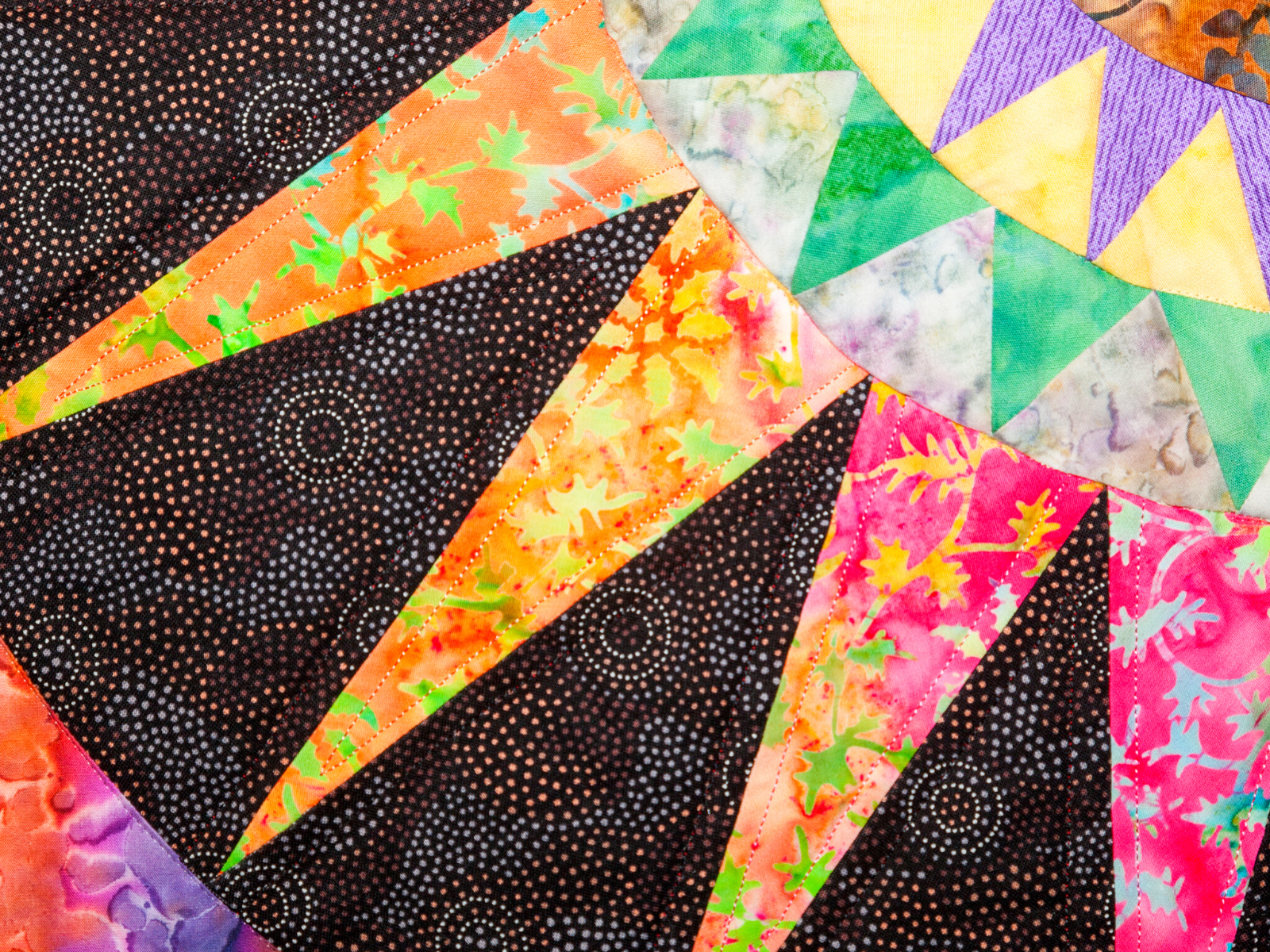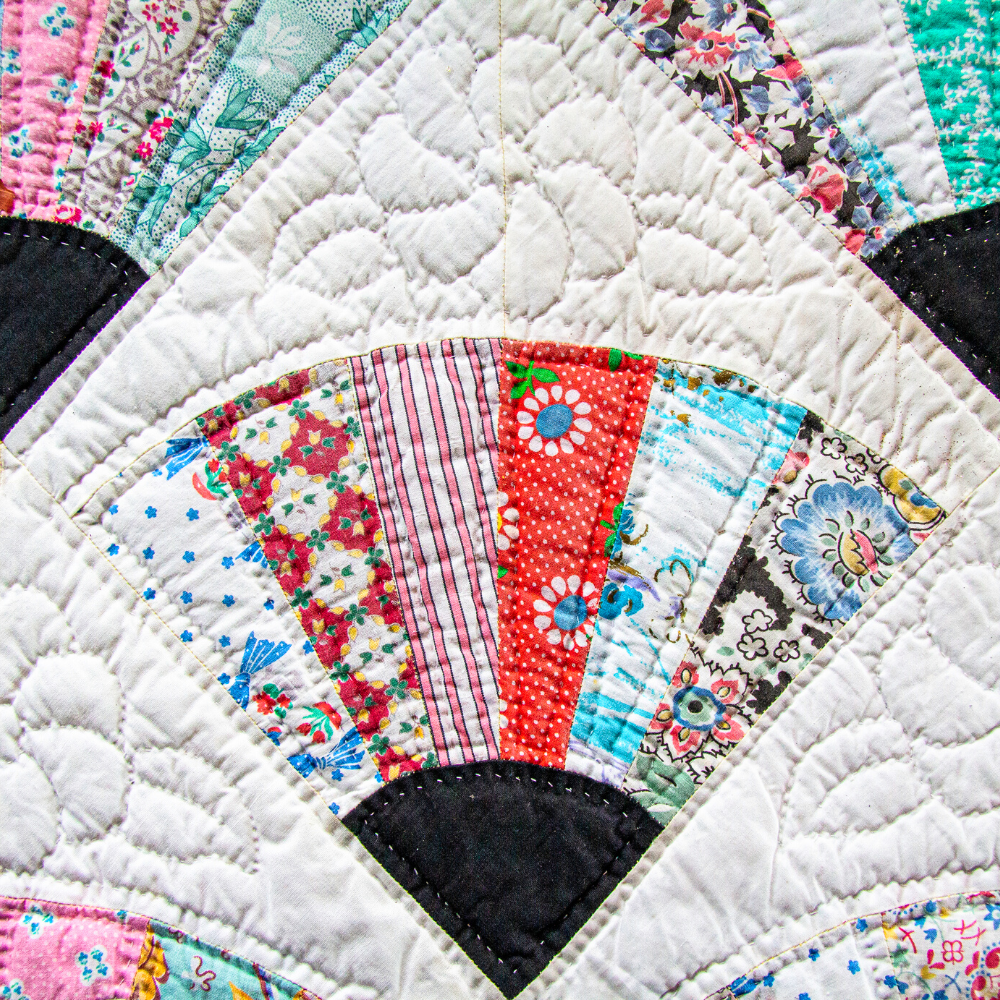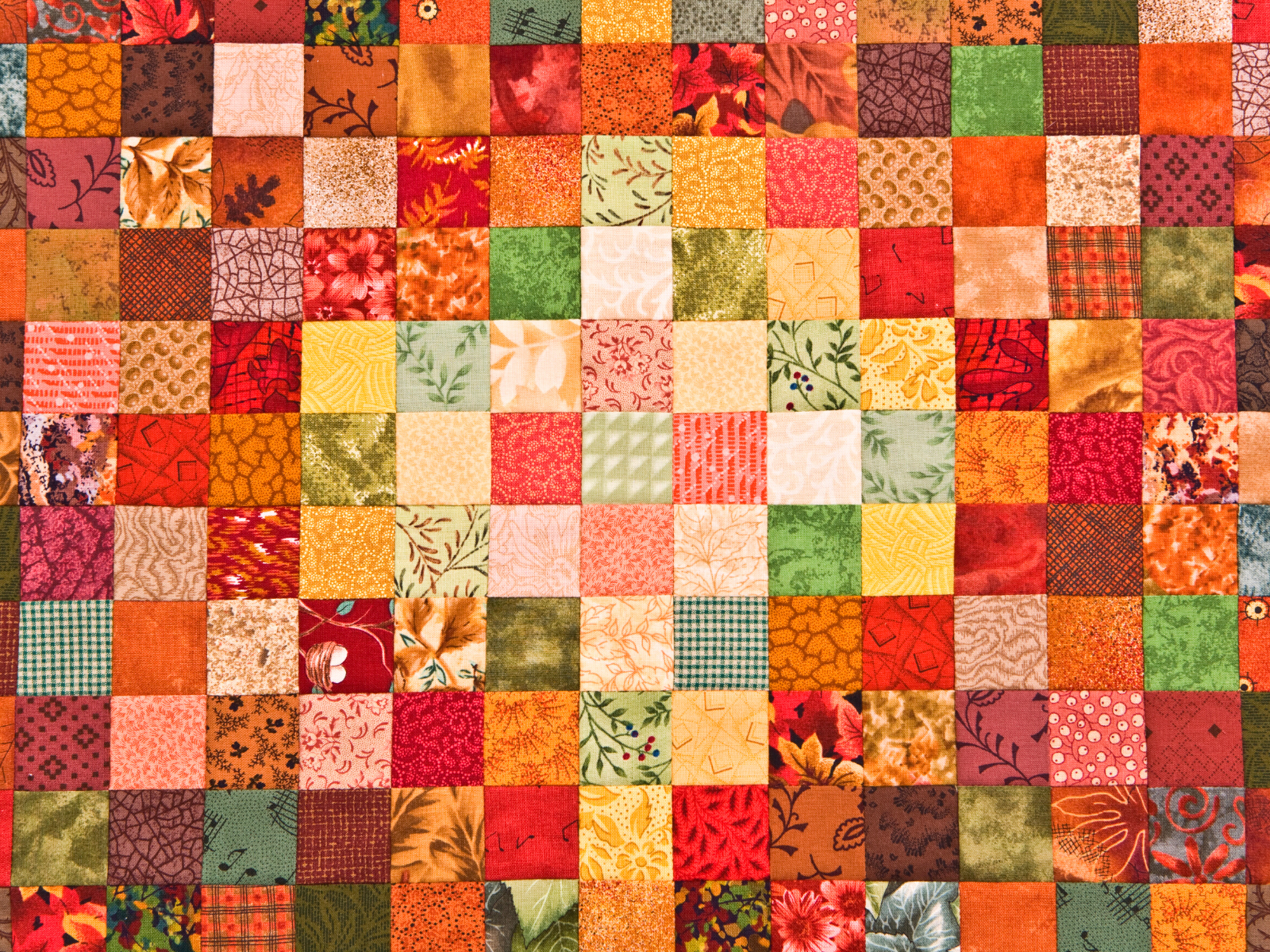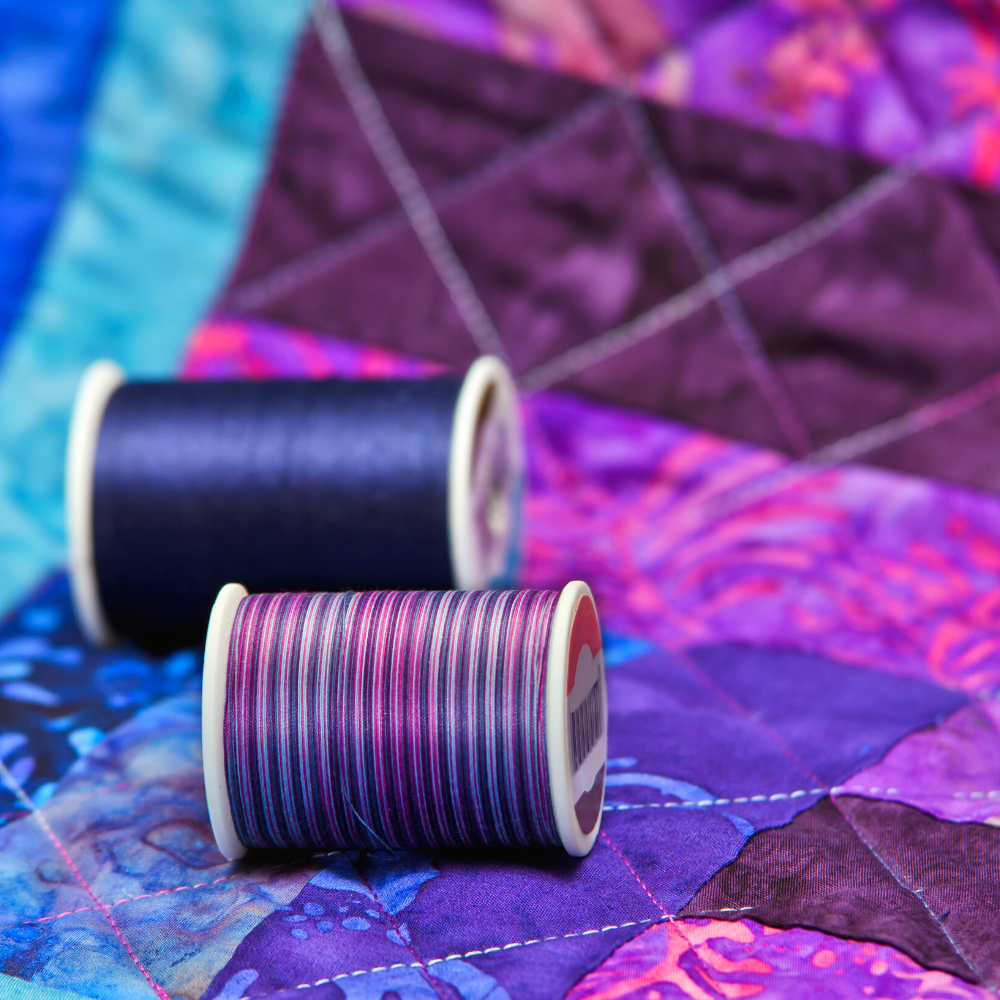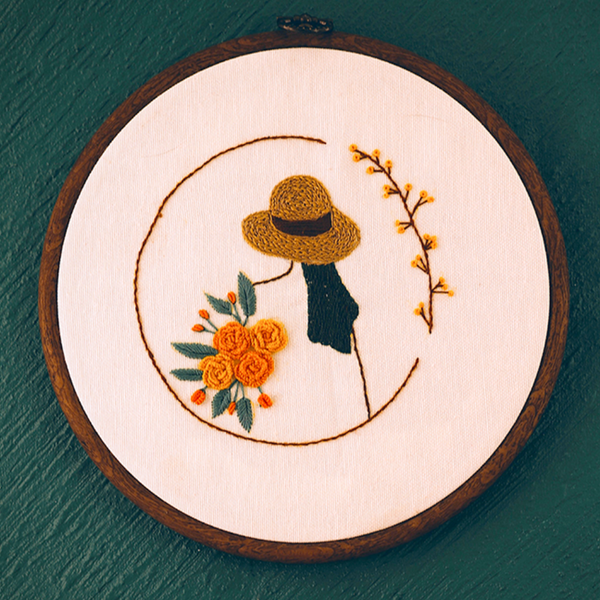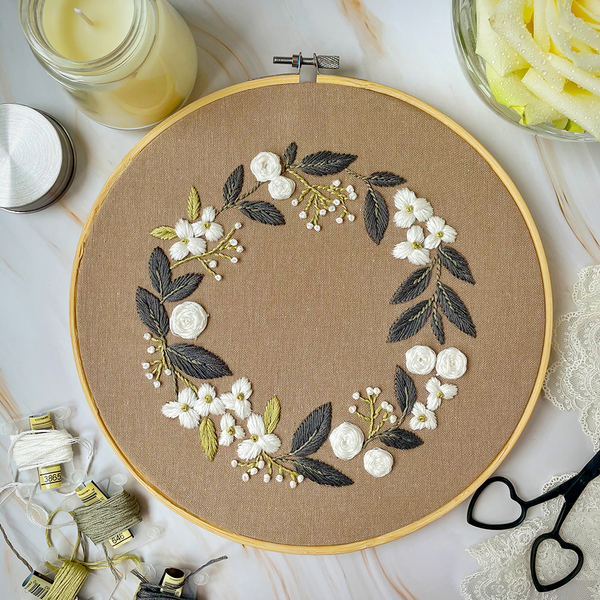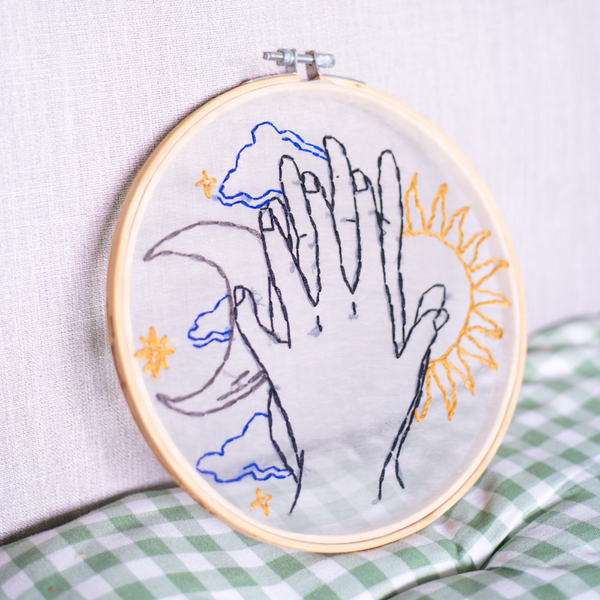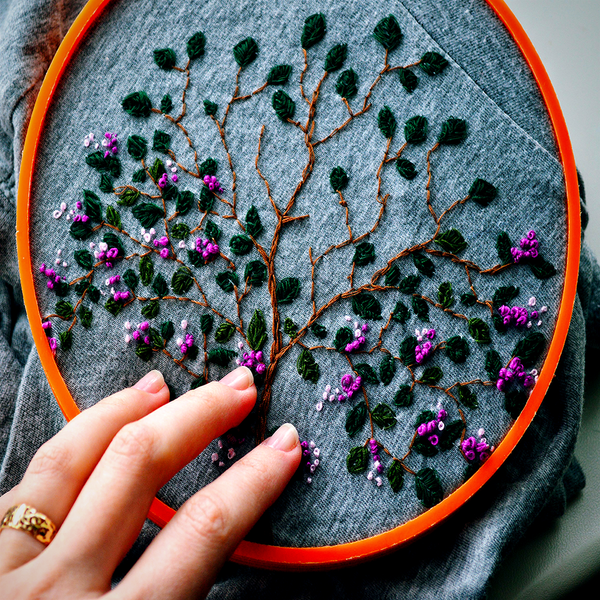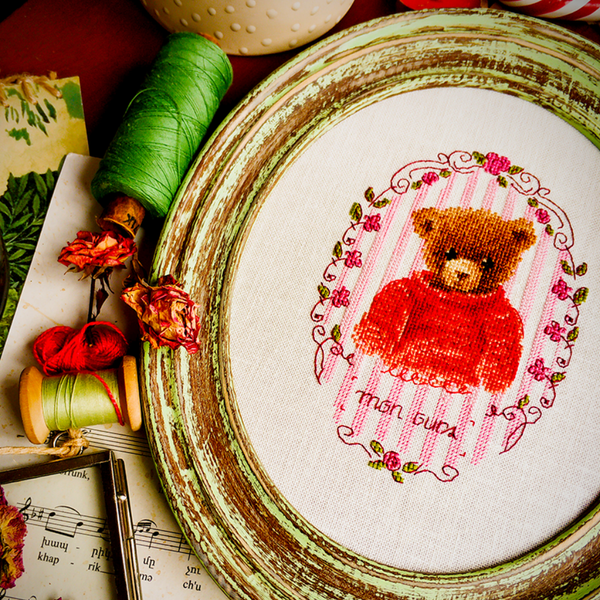Are you an artist looking for a creative outlet to express yourself?
Have you ever considered the craft of quilting?
Quilting is not only a fun pastime, but it's also incredibly rewarding and beneficial!
This art form that has been around for centuries, and for good reason!
It’s a way of telling stories through fabrics and stitches, creating warmth and beauty that can last for generations.
The process of piecing together fabric scraps to create something new and beautiful can be both therapeutic and rewarding.
Whether you’re a seasoned quilter or a beginner, there are always new tricks and tips to learn.
From the feeling of accomplishment when tackling difficult designs, to releasing stress from daily life through mindful hand stitching - there is no shortage of reasons why quilting should be your next go-to crafting activity.
It's time to dive into some quick quilting tips so that you can maximize your craft time and reap all the awesome benefits this art has to offer!
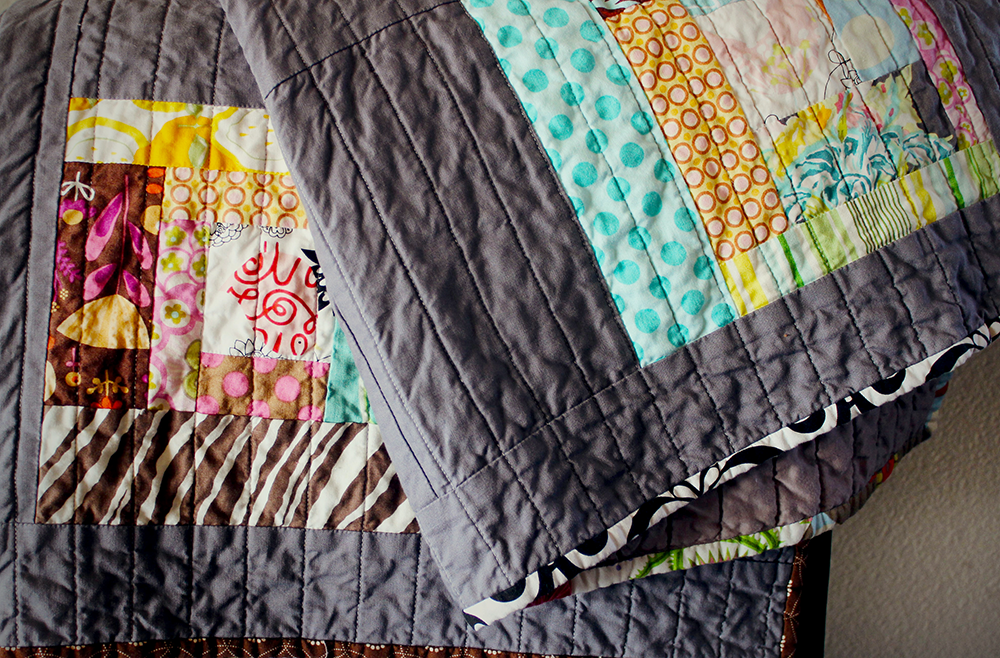
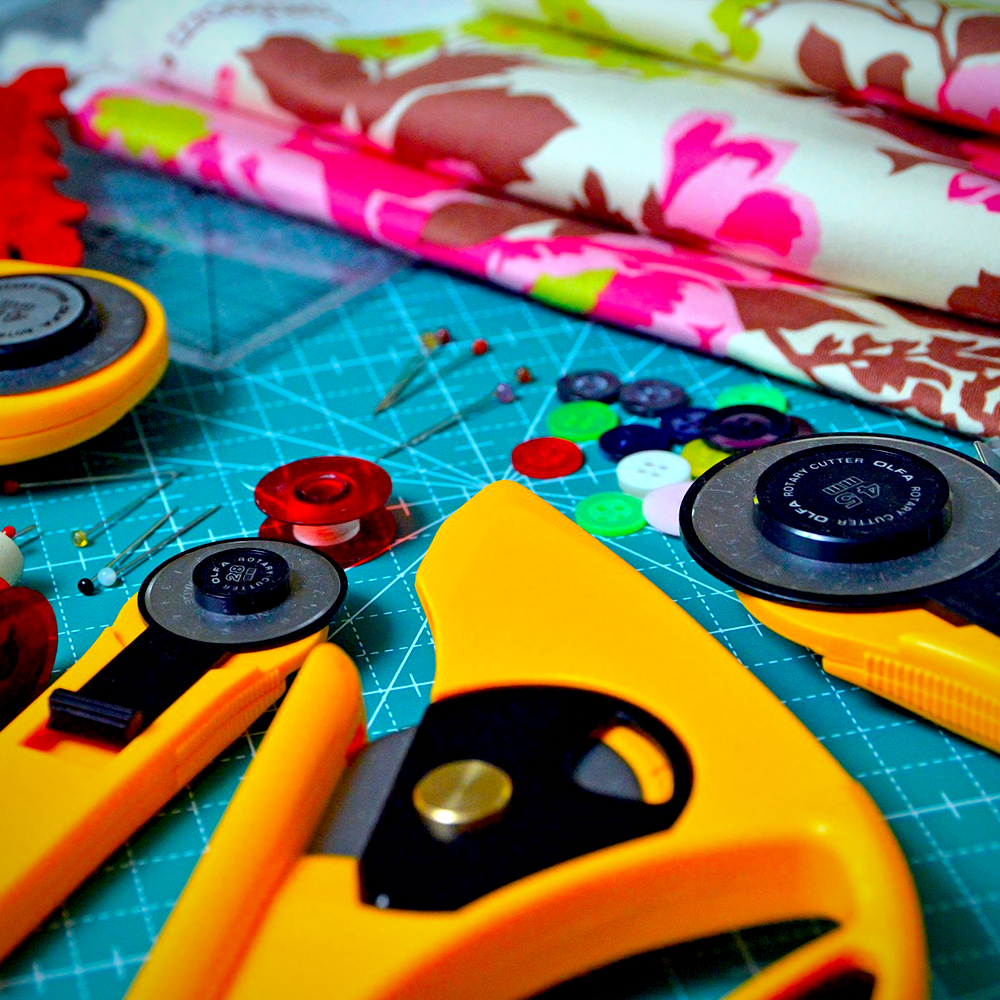

Make a Plan and Invest in Good Supplies
Before diving into a new quilting project, take the time to plan out the design and layout.
This will help you to avoid mistakes and make the process smoother.
Use graph paper to sketch out your design, or try out online quilt design tools.
Once you’ve settled on a plan, choose quality fabrics and supplies.
Investing in high-quality quilting tools will make the process easier and more enjoyable.
Some of the basic supplies you’ll need include a rotary cutter, cutting mat, ruler, and pins.
A good cutting mat and rotary cutter can save you time and frustration when cutting fabric, so look for a self-healing mat that is at least 24 x 36 inches in size and a rotary cutter with a sharp blade.
However, you can also find precut fabrics, eliminating the need for a rotary cutter and mat.
Also consider picking up some embroidery floss, a thimble, quilting gloves, a home sewing machine, and a needle threader to make hand stitching easier.
More importantly, when it comes to quilting, the fabric is everything.
Choose high-quality, 100% cotton fabric for the best results.
Avoid fabrics with stretch or synthetic materials, as they can be difficult to work with and may not hold up over time.
Like fabric, the thread you use can make a big difference in the final product.
Choose a thread that is strong, durable, and matches your fabric.
Cotton, polyester, or a blend of both are all great options, depending on the project.
The batting you choose will also affect the finished look and feel of your quilt.
Consider the type of batting that will best suit your project, as well as its thickness and loft.
Choosing the right supplies and materials is essential for creating a quilt that will stand the test of time!
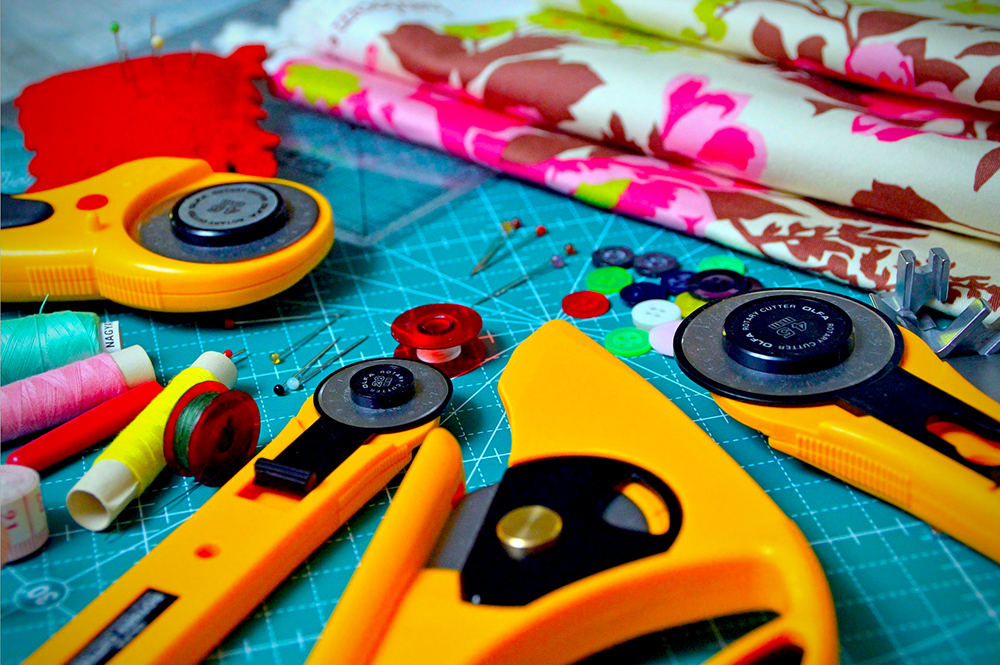
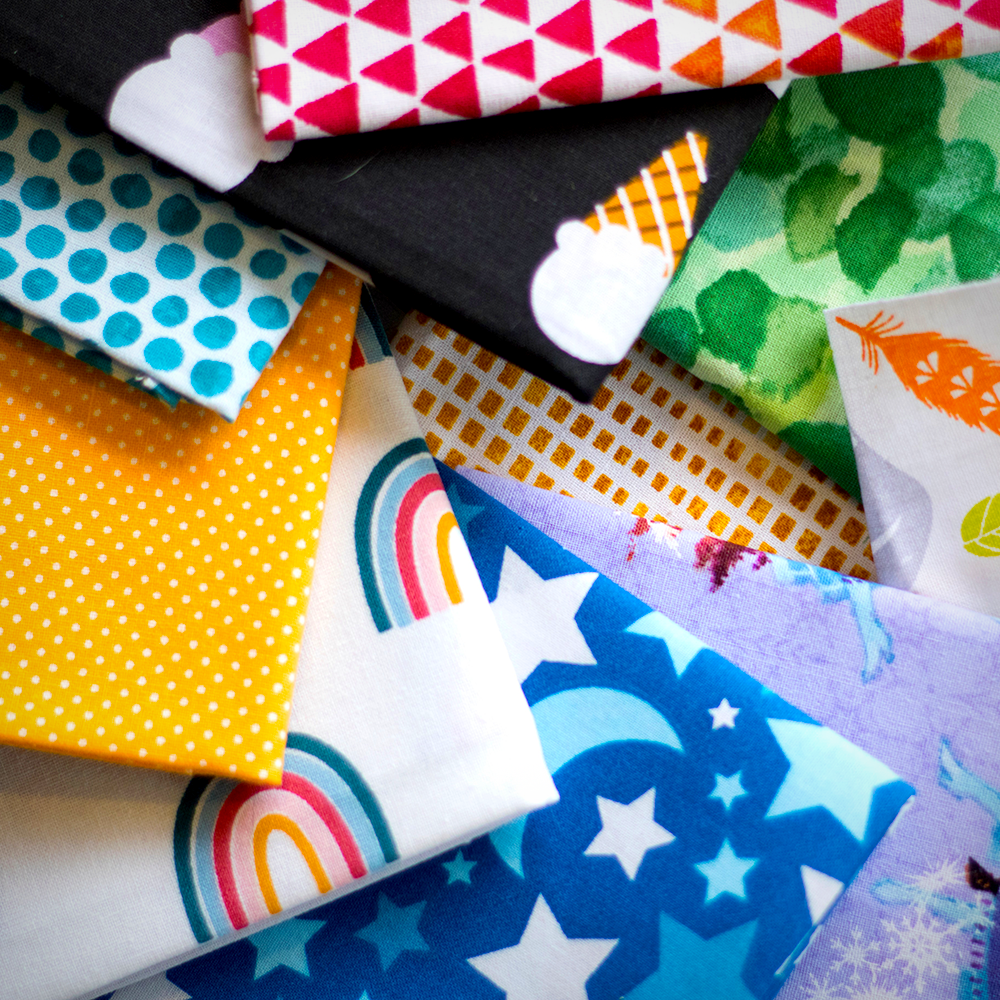
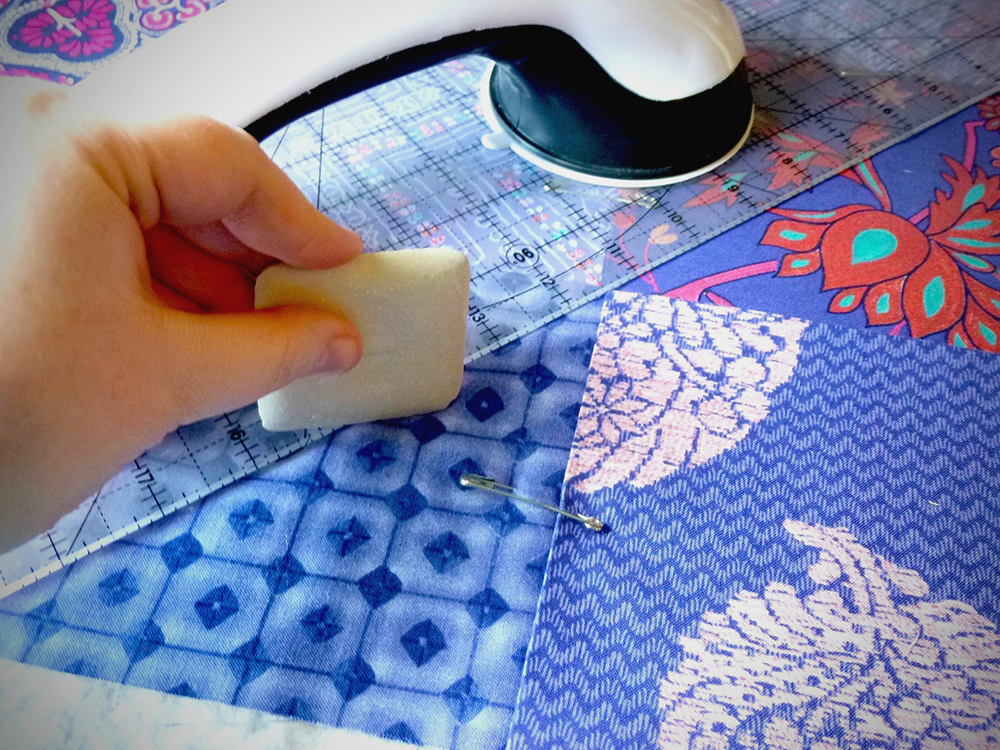
Keep Your Workspace Organized and Use a Design Wall
A clean and organized workspace can help you to stay focused and avoid mistakes, regardless of whether it's beginning quilters or professionals in question.
Invest in a few organizational tools, such as bins and shelves, to keep everything neat and tidy.
Keep your quilting tools and materials stored neatly, and take the time to tidy up after each session, so that you’re ready to start again the next time.
A design wall is also a great tool for visualizing your quilt design.
Design walls help ensure your pieces are placed accurately.
These removable wall boards allow you to easily move and rearrange fabric pieces to create the perfect design.
Use it to place your fabric pieces before sewing, and make any necessary adjustments before making any permanent stitches, so that you get the perfect quilt.
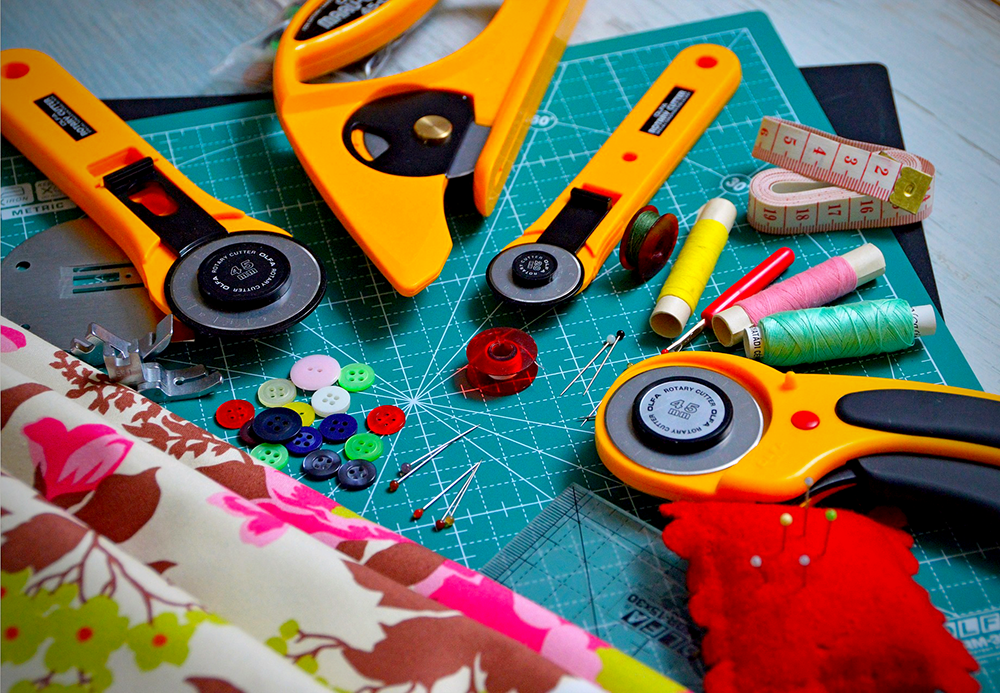
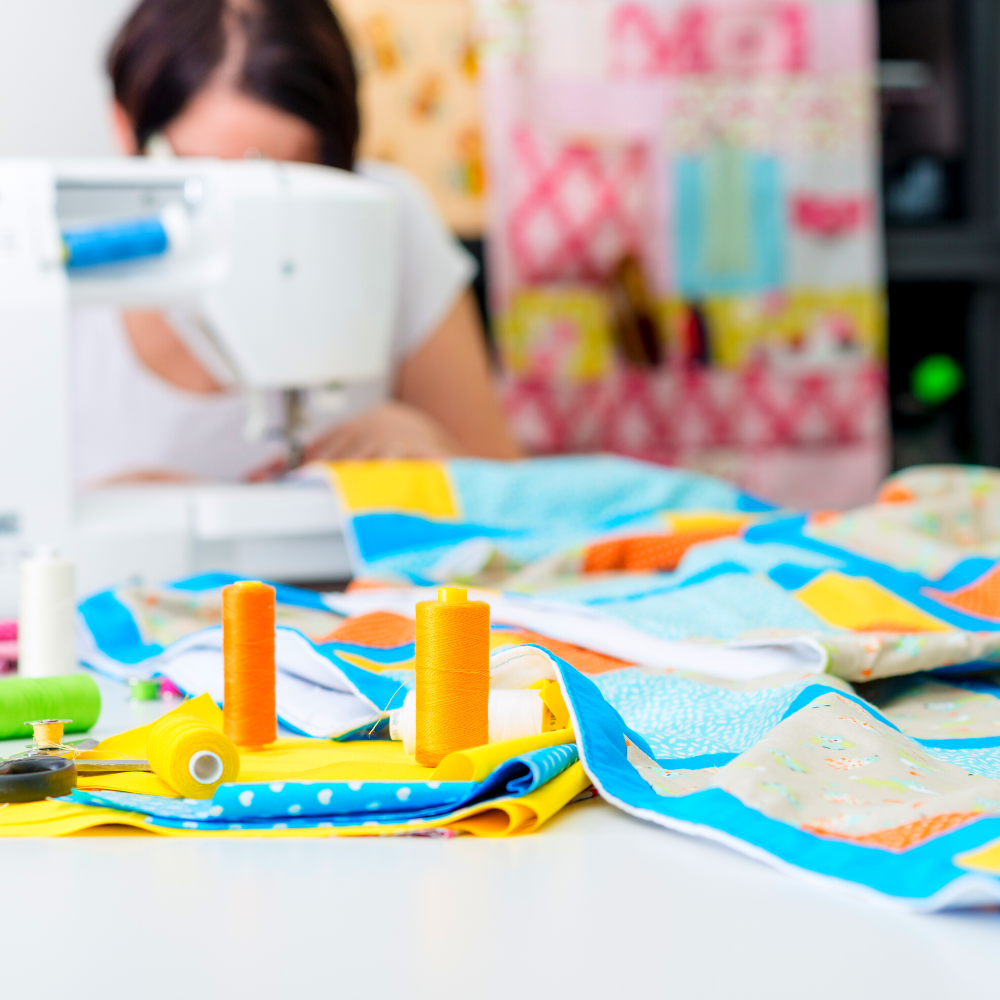
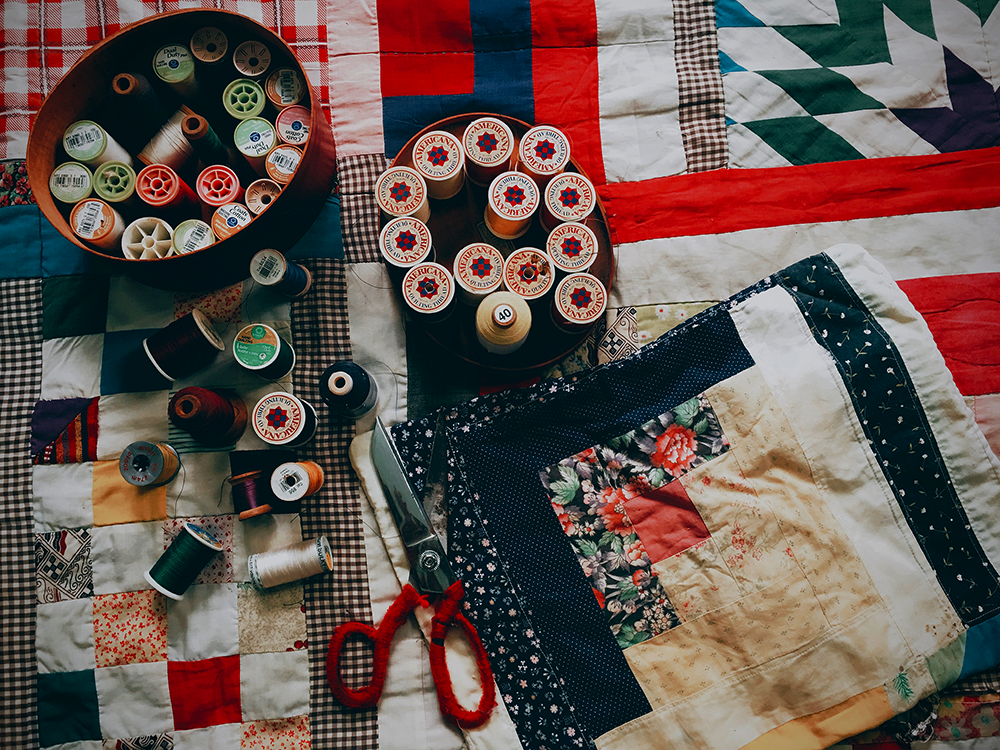
Types of Quilting
There are many different types of quilting techniques, and each one offers a unique look and feel.
Beginner quilters should start with a simple patchwork quilt, which is made up of small pieces of fabric sewn together in patterns, but they can explore all sorts as they learn and grow on their quilting journey.
Some popular quilting forms and techniques include:
- Machine quilting: using a sewing machine to stitch your fabric pieces together.
- Hand quilting: using a needle and thread to stitch fabric pieces together.
- Paper piecing: using paper templates to create intricate designs.
- Applique: using fabric cutouts to embellish a quilt.
- Long-arm quilting: using a large machine to stitch together a quilt from the top and bottom.
- Free-motion quilting: stitching with a sewing machine to create free-form designs.
- Straight line quilting: stitching fabric pieces together using straight lines.
A quilt sandwich is one of the most fundamental quilting techniques and includes a top layer of fabric, a middle layer of batting, and a backing layer of fabric.
These are just a few of the many quilting techniques available.
Take your time to experiment with different types of quilting, find what works best for you.
You can also combine techniques to create a unique look!
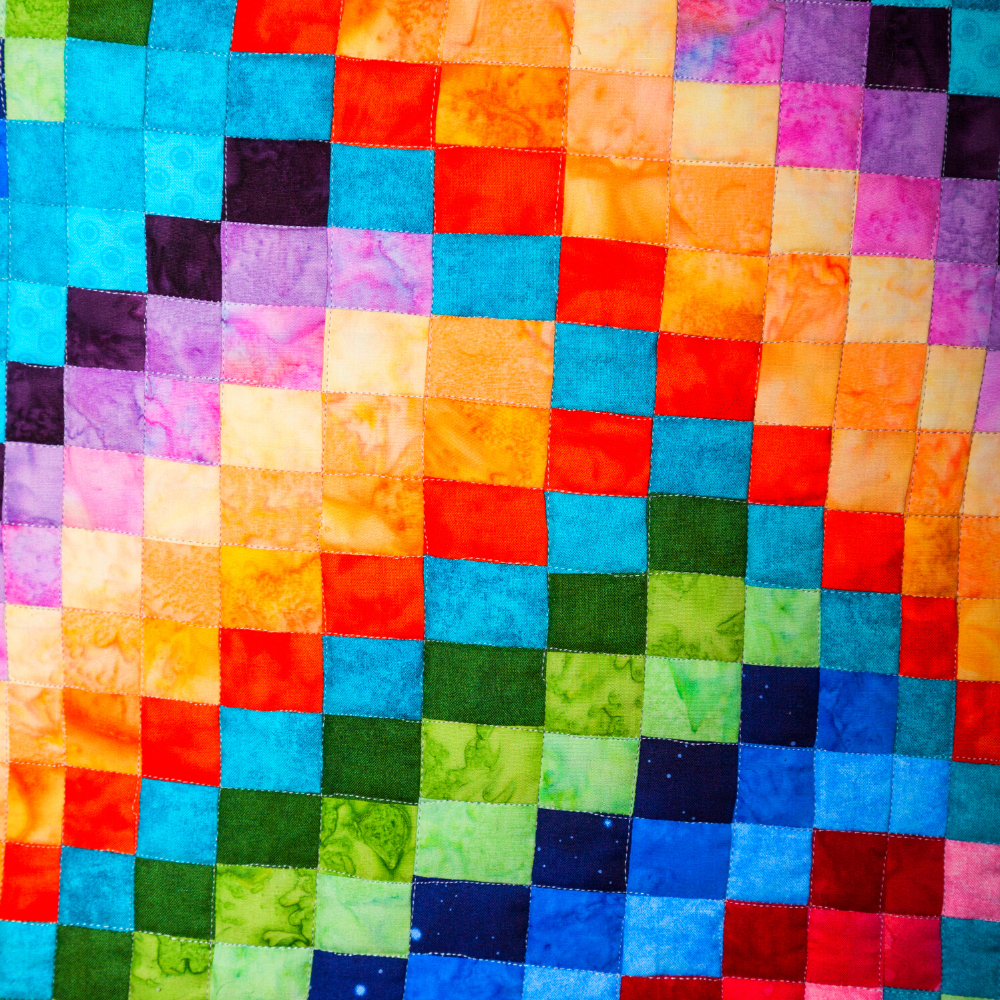

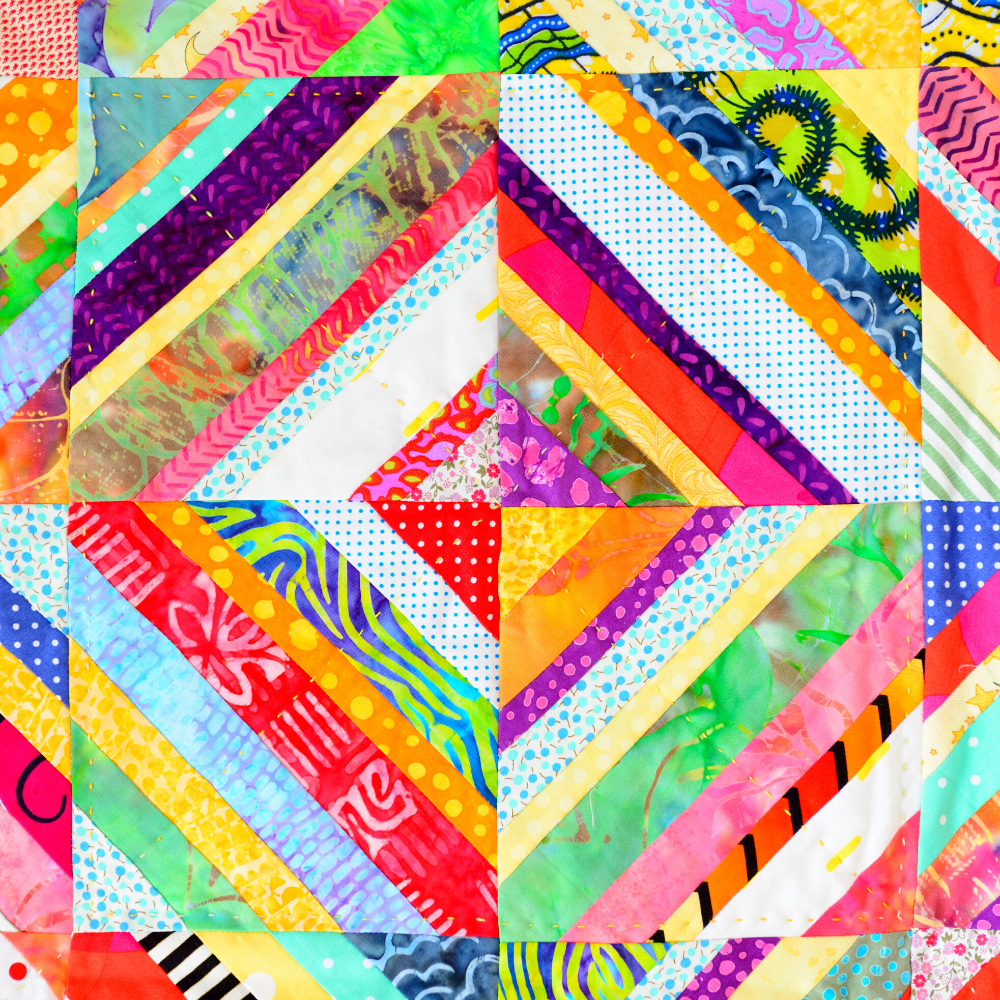
Test Your Stitches and Press Your Seams
Before starting any new quilt, test out your stitches and tension on a scrap piece of fabric.
This will help you to avoid any problems down the line, and ensure a better end result.
Quilting lines should be straight and even, with no skipped stitches or puckered fabric.
Once your fabric is cut and pieced together, it’s time to press the seams.
Pressing your seams is an essential step in quilting.
Press them to one side, and use a hot iron for a crisp, neat finish.
Pressing your fabric, rather than ironing it, will help to keep your seams and corners crisp and flat.
Using a pressing cloth or spray can also help protect delicate fabrics from damage.
Take your time, and be sure to press all the seams in one direction to avoid confusion later on.
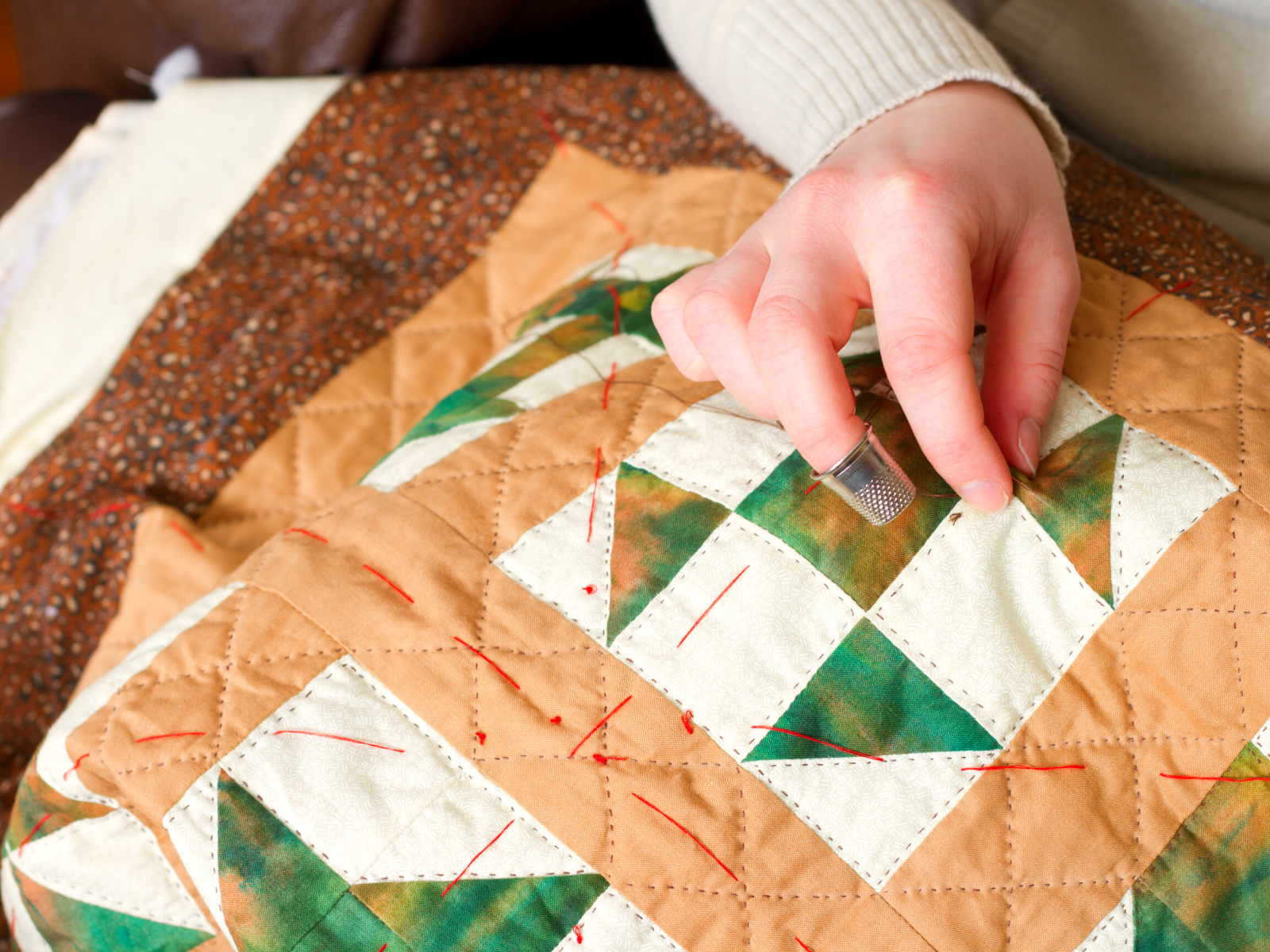
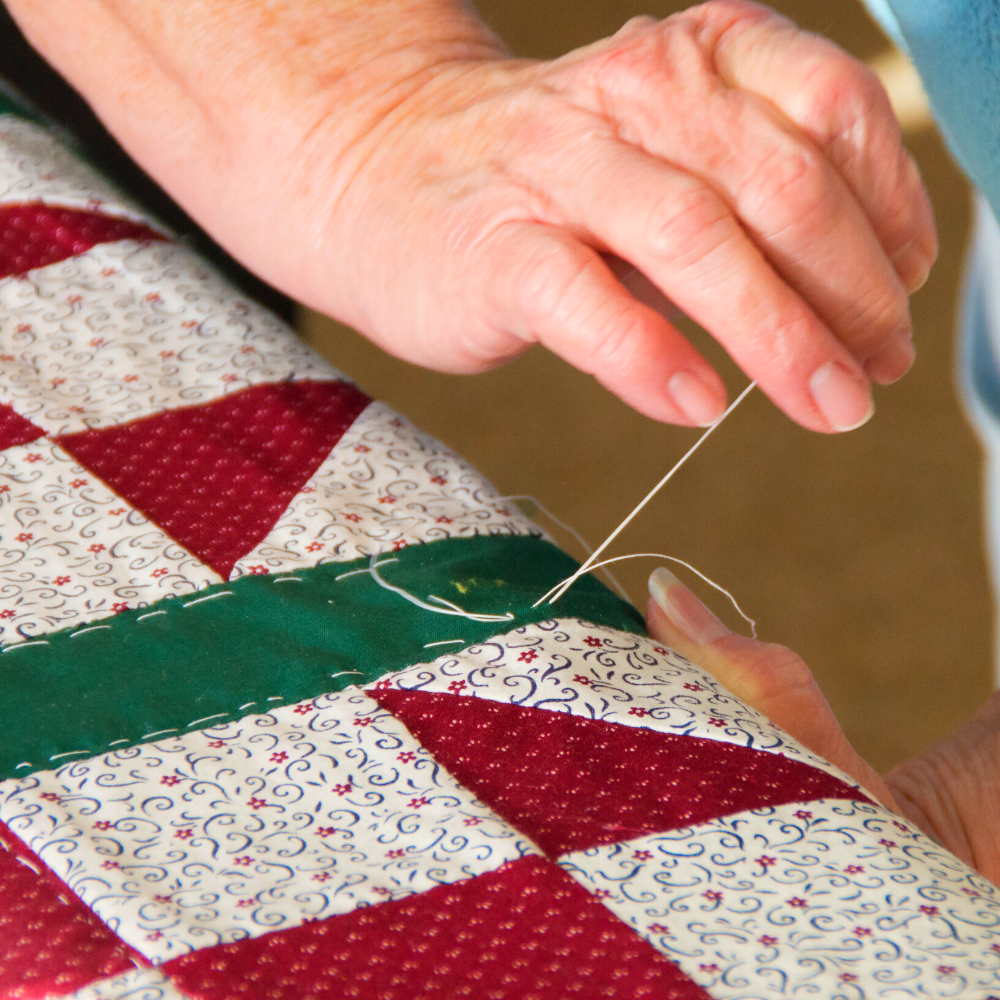
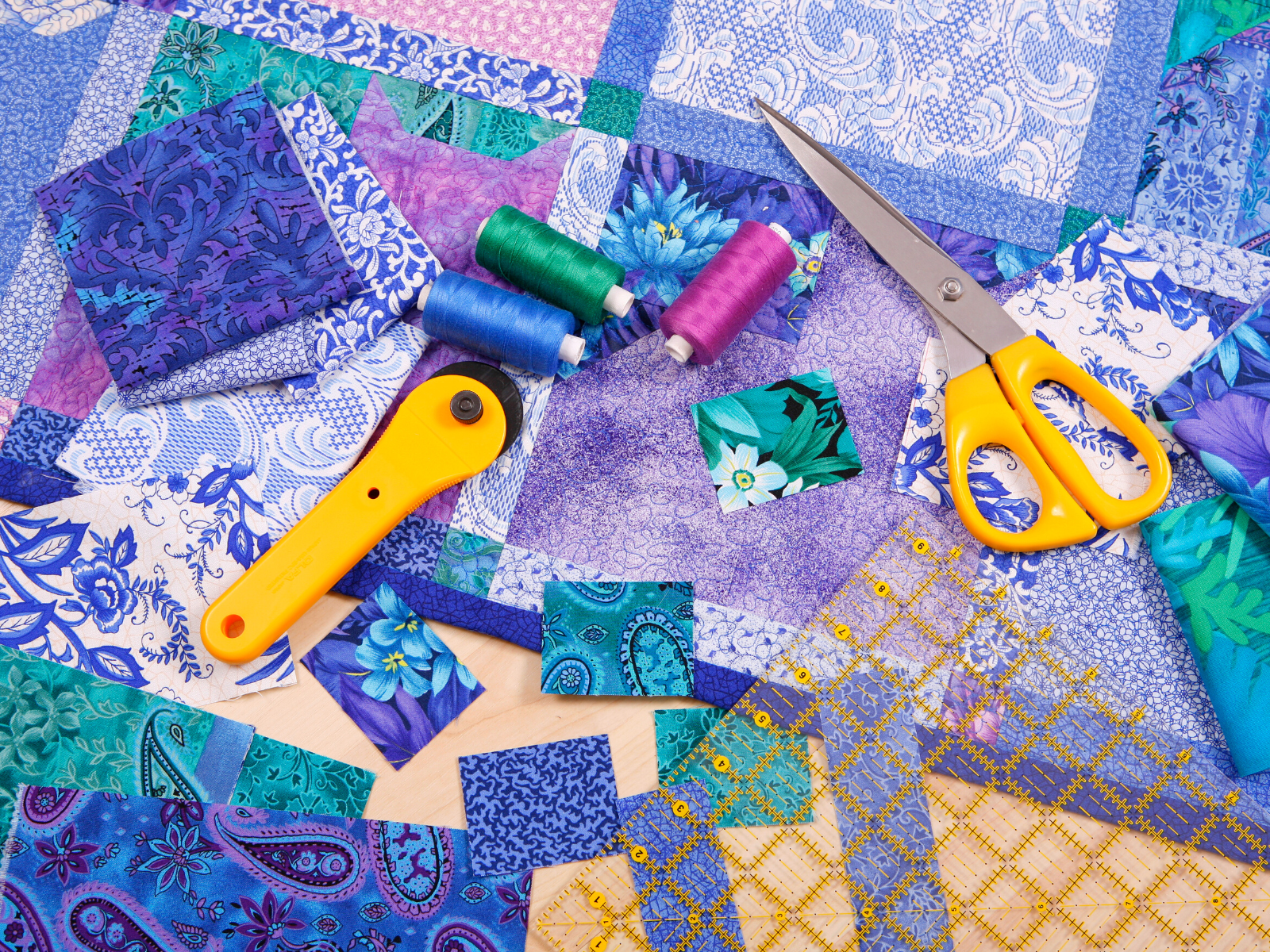
Check Thread Tension and Perfect Cutting Techniques
Adjusting the thread tension of your sewing machine can help to create smoother, neater stitches.
Check the manual to learn how to adjust the tension based on the type of fabric you are using.
Consistent thread tension will also help to keep your seams from puckering.
To check the tension, try sewing a few stitches on a scrap piece of fabric and adjust as needed.
When it comes to cutting in quilting, accuracy is key.
Take the time to measure twice before cutting, and use a clear ruler to ensure an accurate cut.
Use a rotary cutter and mat to get clean, precise cuts every time.
The sharper the blade, the better.
Also, make sure your cutting mat is large enough for whatever project you are working on.
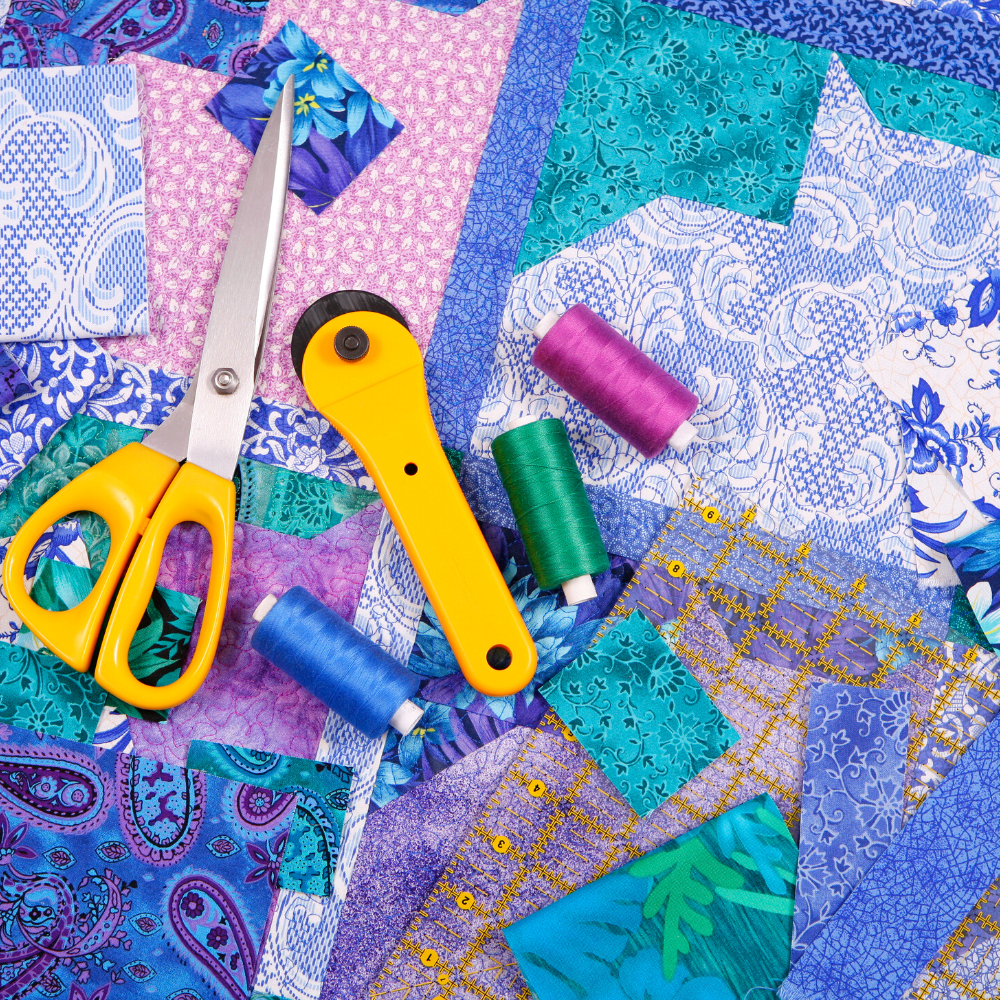

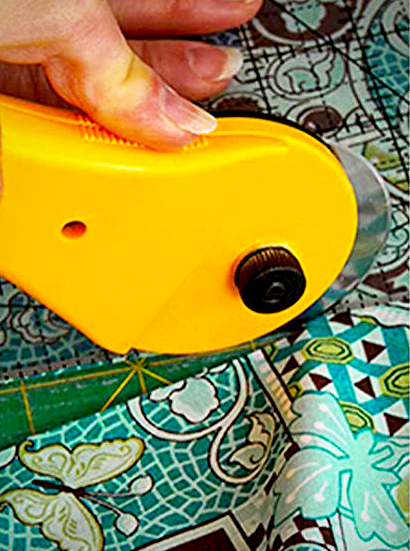
Use a Walking Foot
A walking foot is a must-have tool for quilting.
It helps to feed the layers of fabric evenly through your machine for straight, even stitches.
This is especially important when working with heavier or bulkier fabrics because prevents any stretching or distortion of the fabric.
Using a walking foot also helps to reduce fabric slipping, which can be a real time-saver.
If you’re new to quilting, a walking foot is an essential tool that can help make your life much easier.
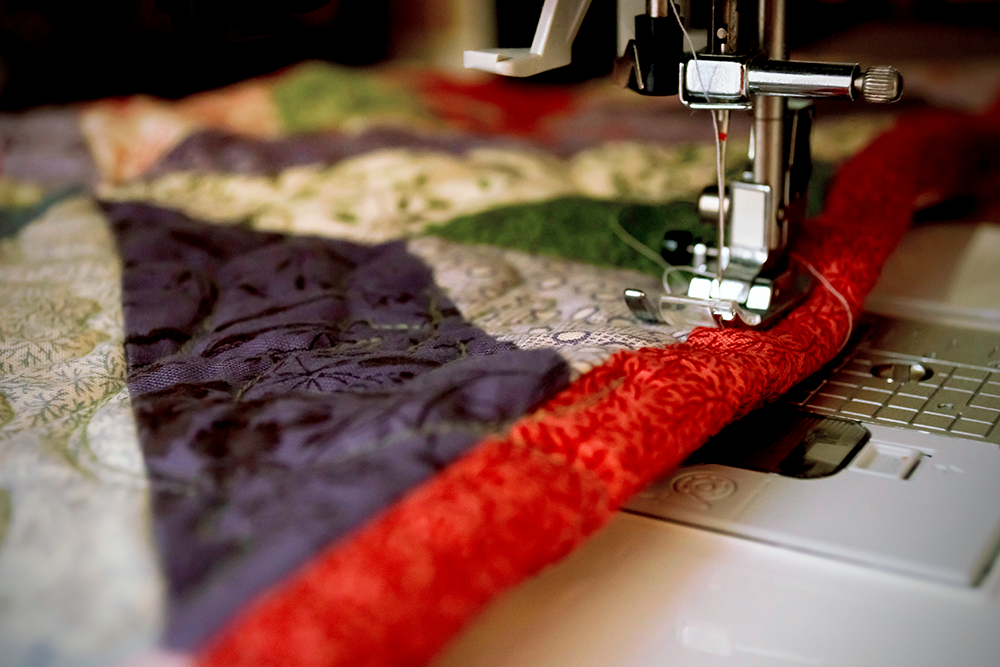


Pin, Stitch, and Use Starch
Pins are also important for keeping your quilt pieces aligned and in place, as well as for attaching the backing of your quilt.
If you’re using pins, make sure to use plenty!
Pin basting your quilt layers ensures that they stay in place while you’re quilting.
Use safety pins to secure the layers together, making sure there are no wrinkles or puckers in the fabric.
Once basted, you’re ready to start stitching.
If you’re new to quilting, stitch-in-the-ditch is a great place to begin.
It simply means stitching in the seam lines of your quilt top.
This technique helps to stabilize your quilt top and is a great way to practice your quilting skills.
Another great tip is to use a fabric starch when pre-washing your quilting fabrics.
Starch helps the fabric lay flat and prevent any stretching or puckering.
This will help you to create a more accurate and precise finish.
Plus, it will give your quilt a nice crisp finish that will last for years to come.
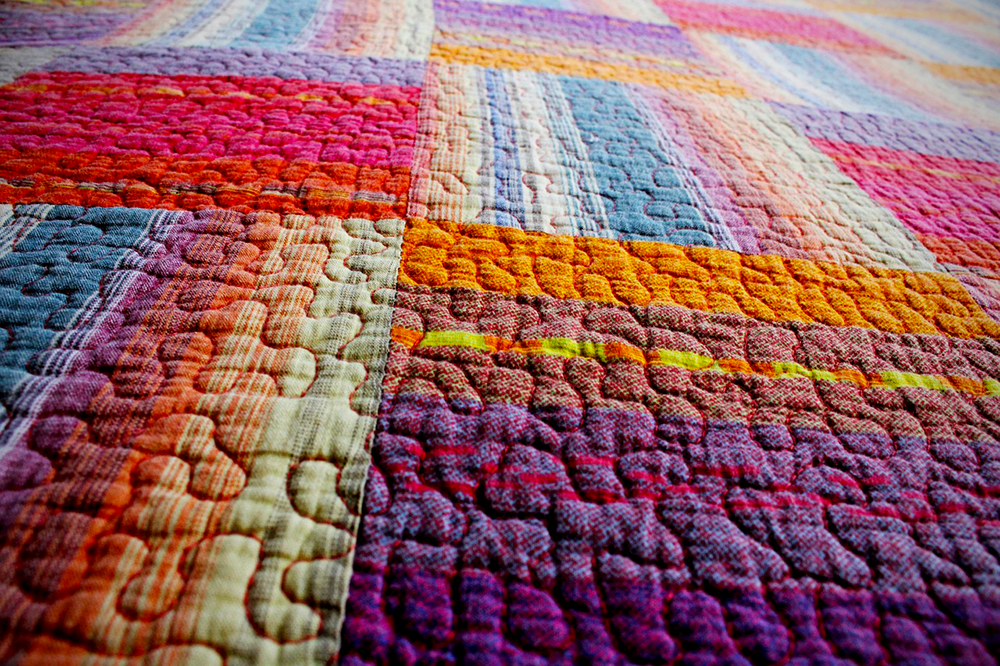
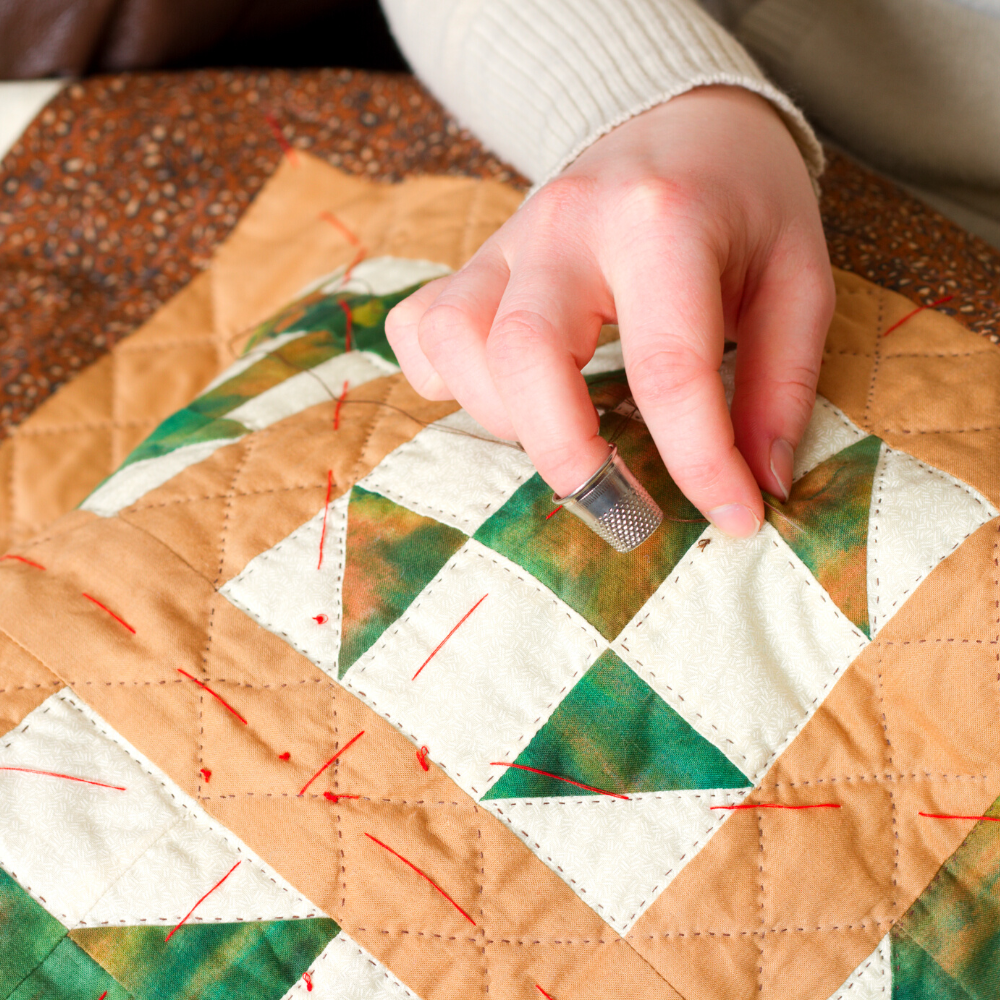

Take Breaks and Be Patient
Quilting can be a time-consuming process, so it’s important to take breaks and give yourself time to work through any challenges.
Don’t rush through your quilting projects, take your time and enjoy the journey.
Step away from your project for a few minutes, have a cup of tea, and come back to it with fresh eyes.
If you find yourself getting frustrated, take a break and come back to it later.
While quilting can take a lot of time and effort, the end result is always worth it.
Be patient with yourself and the process, and remember that quilting is all about enjoying the journey.



Improvise, Have Fun, and Be Creative
Most importantly, have fun and be creative because quilting doesn’t always have to follow a set pattern or design.
It's a wonderful way to express yourself and create something beautiful that will be cherished for years to come.
Don’t be afraid to experiment, improvise, try new things, and most importantly, enjoy the process!
Experiment with different fabrics, colors, and shapes to create your own unique work of art.
Try using different fabrics and patterns for a unique and personalized finish for your quilt.
Playing with different quilt patterns and textures can add depth and interest.
Try mixing and matching fabrics to create a unique and eye-catching finish.
And since the binding is the finishing touch to your quilt, why not get creative with it?
Choose a contrasting color or fabric for the binding to add an extra pop of color and texture.
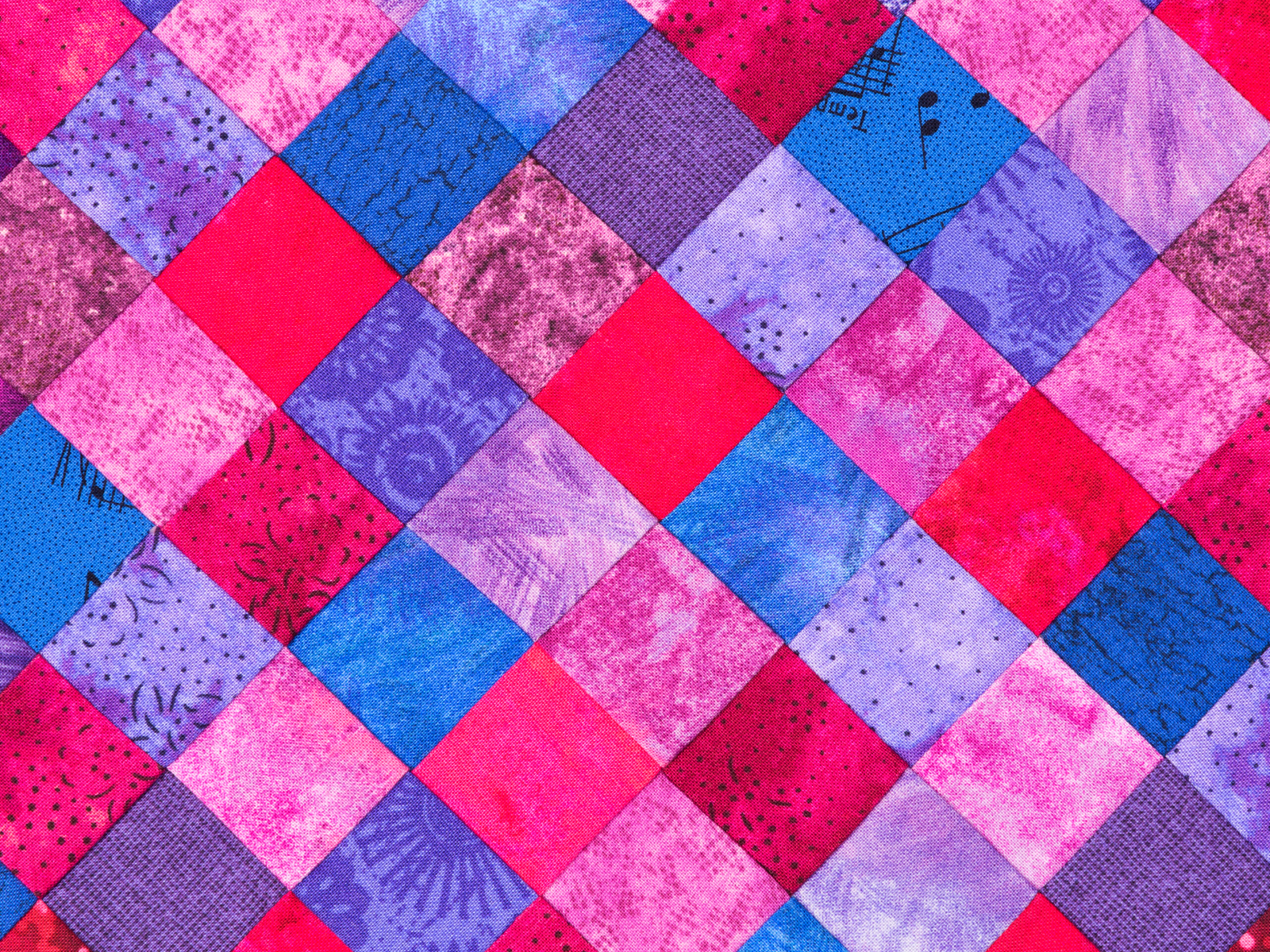
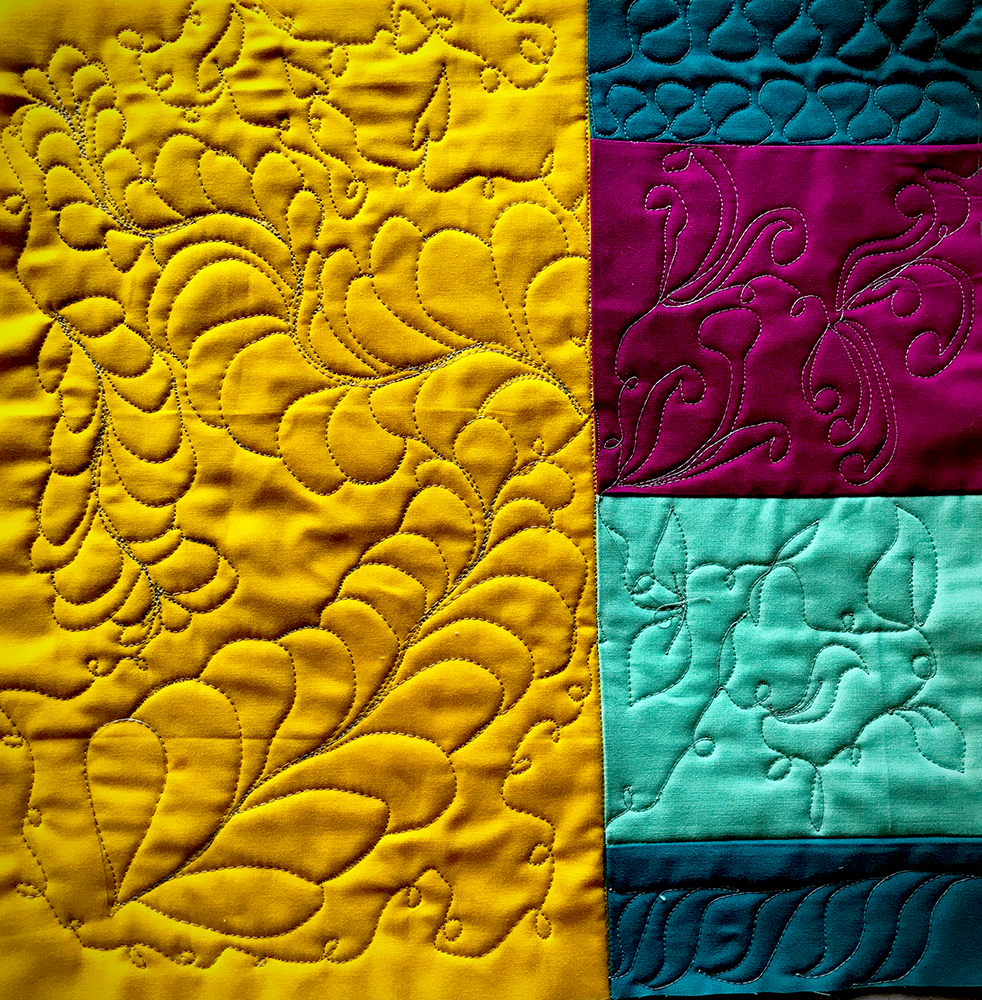

Finishing Touches and Displaying
Once you’ve finished your quilt, it’s time to add the finishing touches and enjoy the results.
Give your quilt a good steam to remove any wrinkles and flatten it out.
Or, if you have the time, give it a light hand wash and lay flat to dry.
This will help your quilt to last for many years and keep its shape.
Once the quilt is all finished, it’s time to display it!
If you are giving your finished quilt as a gift, wrap it up with a pretty bow.
Or, if you’re keeping the actual quilt for yourself, hang it proudly on your wall or simply drape it over your favorite chair.
No matter how you choose to display it, quilting is a great way to express yourself and add a unique, personal touch to your home.


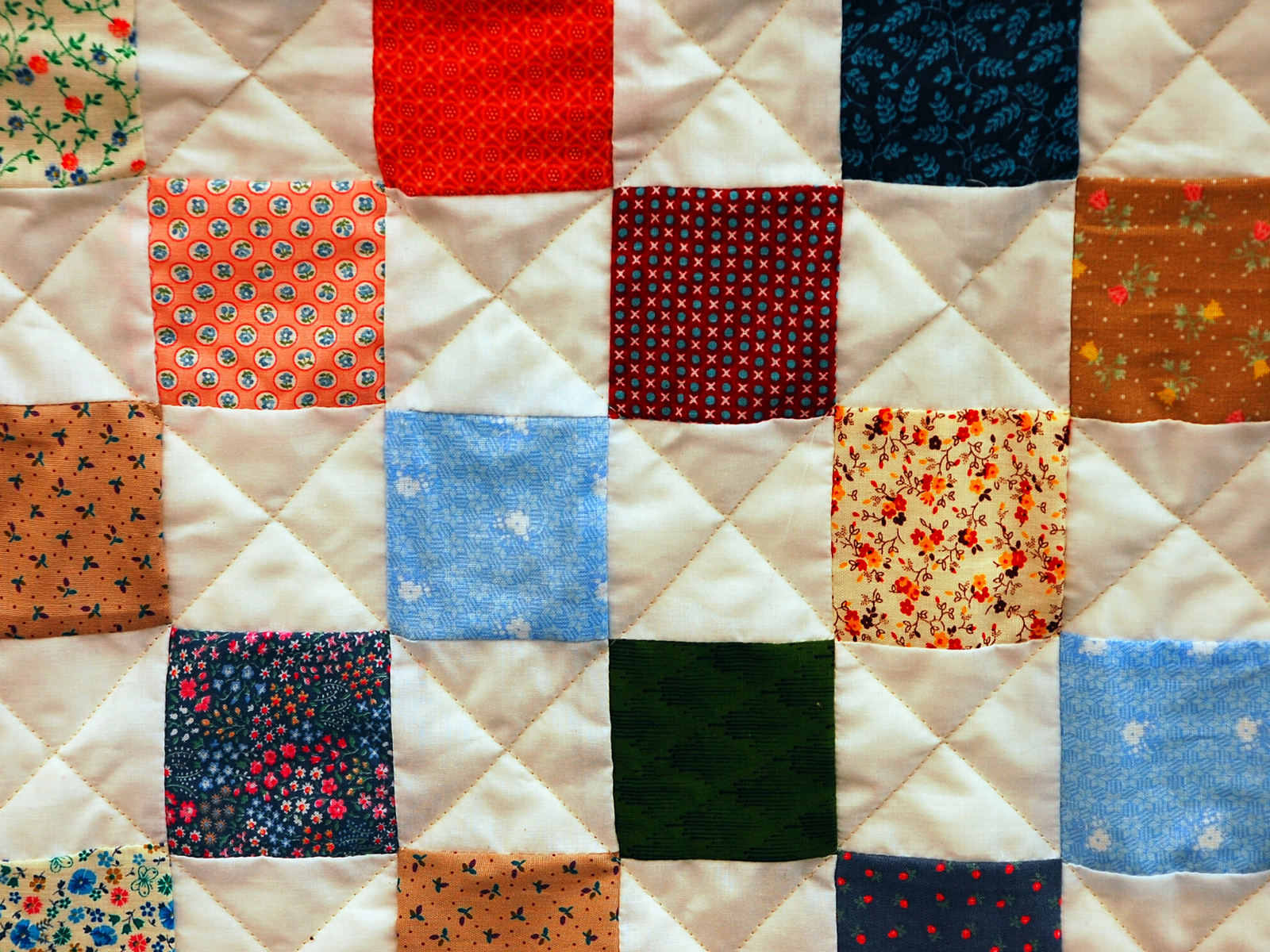
Creating Cool Quilts
Quilting is a unique craft that combines beauty, creativity, and tradition.
By following these quality quilting tips, you can improve your skills and create beautiful, one-of-a-kind quilts that will be treasured for generations.
Remember to take your time, have fun, and don’t be afraid to try new things.
These tips will help you to create a beautiful and professional-looking quilt, no matter your skill level.
So, grab your fabric, thread, and tools, and start quilting!


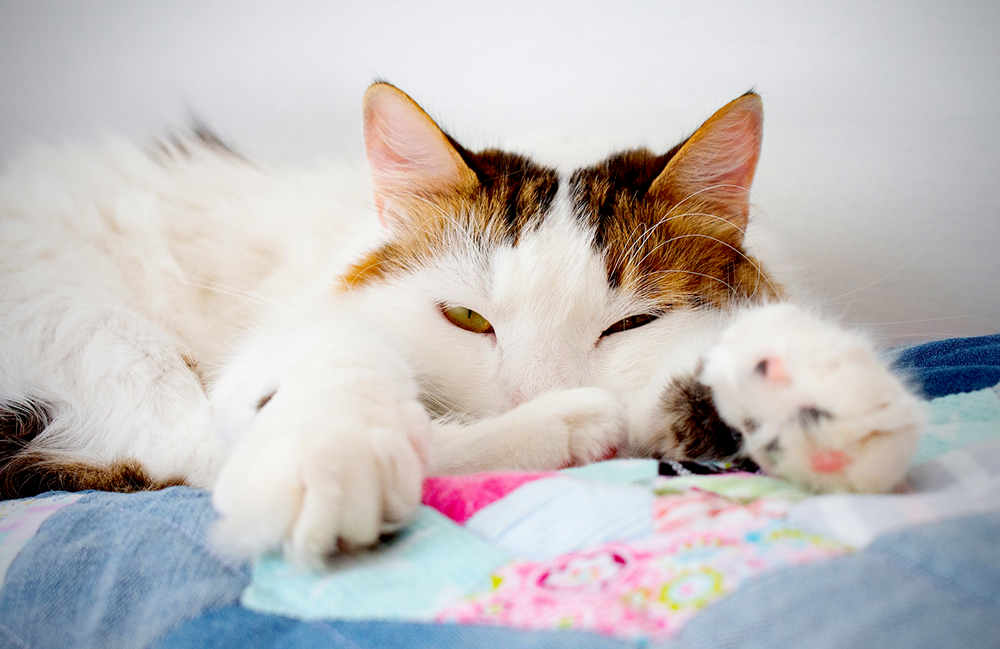
Looking to improve your quilting? Check out Quilt Addicts Anonymous' video!
Want even more content about creativity and art?
Be sure to check out all of our creative chronicles!
Want to take your quilting to the next level?
Check out some of our other quilting supply articles:
